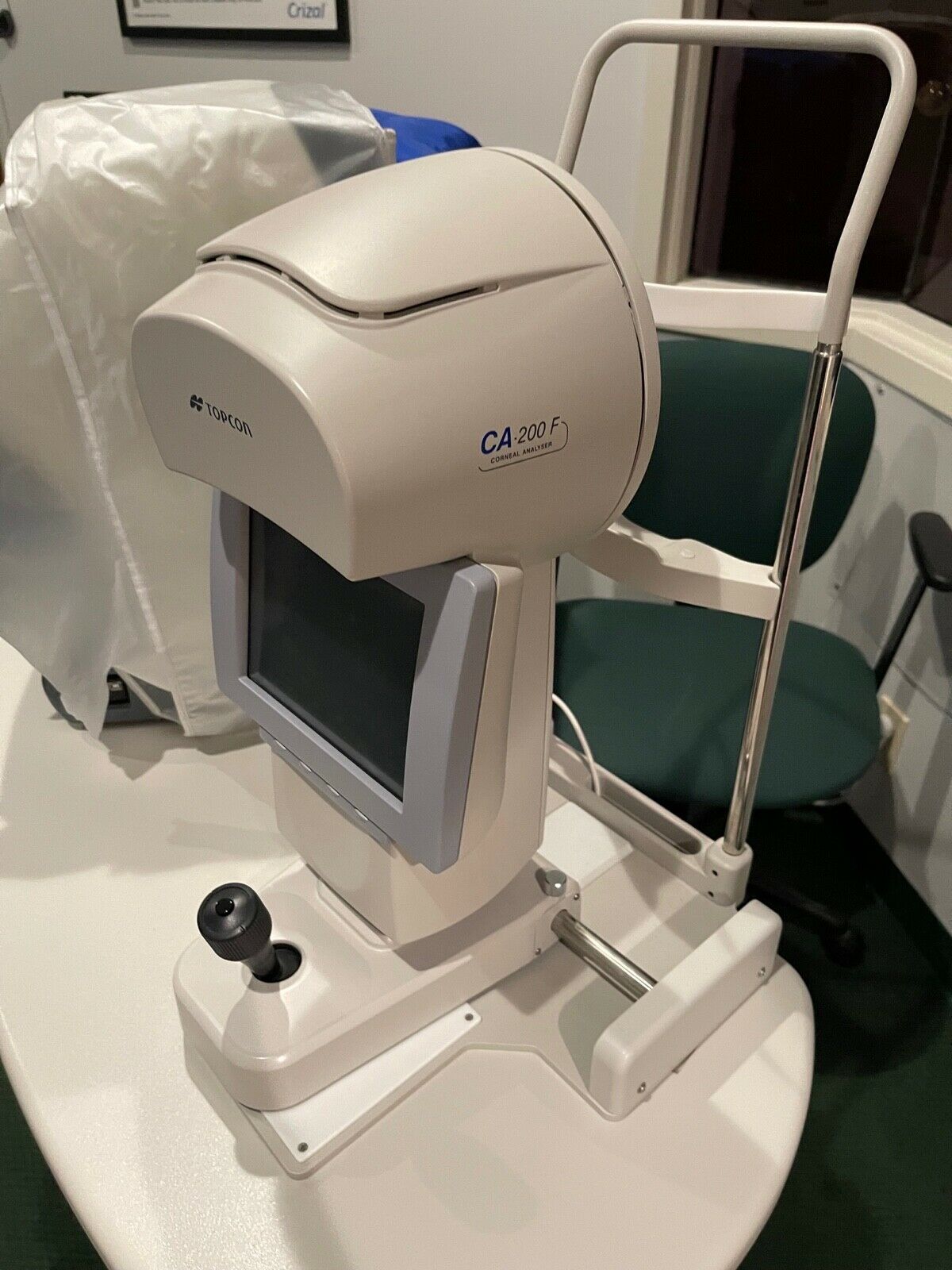-40%
Nidek OPD III Wavefront Aberometer ARK Topographer
$ 8445.36
- Description
- Size Guide
Description
This is Marco Nidek OPD IIIUnit has windows 10 and updated to latest software
OPD-Scan III Wavefront Aberrometer
The OPD-Scan III is an autorefractor, keratometer, pupillometer (up to 9.5mm), corneal topographer, and integrated wavefront aberrometer. The OPD-Scan III completes 20 diagnostic metrics in less than 10 seconds per eye (including angle kappa, HOAs, average pupil power, RMS value, and point spread function). Easy alignment and automatic capture of wavefront aberrometry data ensures accurate readings. Wavefront aberrometry data is gathered from available zones up to a 9.5mm area, adding the capability to provide for calculation of mesopic refractions. Blue light, 33 ring, placido disc topography is gathered in one second. Mapping methods include OPD, visual acuity corneal topography/topographer
Accurate Diagnostics
Over 20 diagnostic measurements are acquired in 10 seconds. Easy alignment and automatic capture of data ensures accurate readings. Wavefront data is gathered from available zones up to a 9.5mm area, adding the capability to provide for calculation of mesopic refractions. Blue light, 33 ring, placido disc topography is gathered in one second.
Data View Options
Axial, gradient, instantaneous, numeric K display, numeric power display, PSF (point spread function), zernike graph (including corneal), contact lens summary, VA-ETDRS simulations, internal OPD, eye image, comparison maps, and difference maps.
Unique Features
Cataract and refractive surgeries have now been taken to another dimension. Detailed patient summaries are available in just a matter of seconds. Pre-op toric axis alignment can be mapped to iris or other physical landmark positons. Retro illumination images can be used post-op to verify IOL axis alignment.
Dysfunctional Lens Syndrome (DLS)
The above map is a measurement of a prior myopic LASIK patient with Dysfunctional Lens Syndrome (DLS). The Point Spread Function (PSF) maps show that the cornea is contributing to the problem but the majority of the patient’s issue is lenticular change. The patient thought she needed another LASIK treatment, when in actuality, the lens changed. A refractive lens exchange is recommended.
Day/Night Wavefront Refractions
Pupillometry measurements are utilized to allow for the calculation of separate wavefront refractions at 4mm and 6mm pupil sizes (or mesopic if smaller than 6mm). This provides information on the stability of the refractive error as pupil size changes, and the individual starting points for separate day and night refractions, if indicated. Your patients can receive a state-of-the-art printout of their ‘before’ and ‘after correction’ chart or understand why they are not able to achieve 20/20. Welcome to the next generation of refractive eye care.
Captured In 10 Seconds
Corneal SA for Aspheric IOL Selection
Lenticular – Residual Astigmatism
Angle Kappa/Angle Alpha
Pre/Post Toric IOL Measurements
Pathologies (Keratoconus, Pellucid)
Mesopic/Photopic Pupil Size
Retro Illumination Image
Zernike Graphs: Total, Cornea, Internal
Corneal Refractive Power Map
IOL Tilt Eye Image or Decentration
Due to the sensitivity of this unit it will be shipped via pallet for safety. This insures the unit will stay upright during transit and will not tumble around in a box. For a shipping quote would need a full shipping address. Estimate between 0-0 with insurance.
Robert Turnbull
EyeDeal Equipment
















